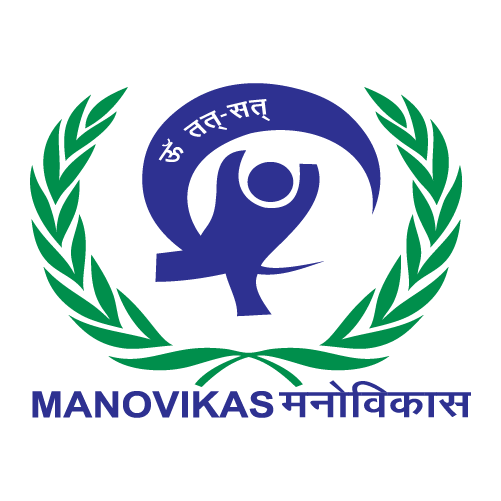At Manovikas, we understand how difficult it can be to find an effective treatment plan. That’s why we offer customised solutions to help your family get their needed support.
Approaches:
Our experienced healthcare and rehabilitation professionals are here to understand each child’s unique challenges and develop the following guidelines that work for them.
- Personalised treatment plans designed to address each client’s individual needs.
- Proven strategies to help those suffering from ASD, ADHD, ID, and SLD improve their psychological well-being.
- Experienced team of counsellors and medical professionals who provide high-quality care and support.
- Evidence-based methods ensure measurable progress in clients’ development and lifestyle changes.
- Comprehensive assessment services are tailored to meet each client’s specific needs.
Treatment Alternatives for Mental Health:
Before selecting a substitute medical option to attend to individuals or kids with these environments and ensure their welfare, access research-based approaches to tackle the particular demands of children such as ASD, ADHD, ID, and Dyslexia.
Have insight into the personalisation of therapeutical plans for unique requirements to boost mental health.
Reach out for help from a family-centred approach offering support and guidance.
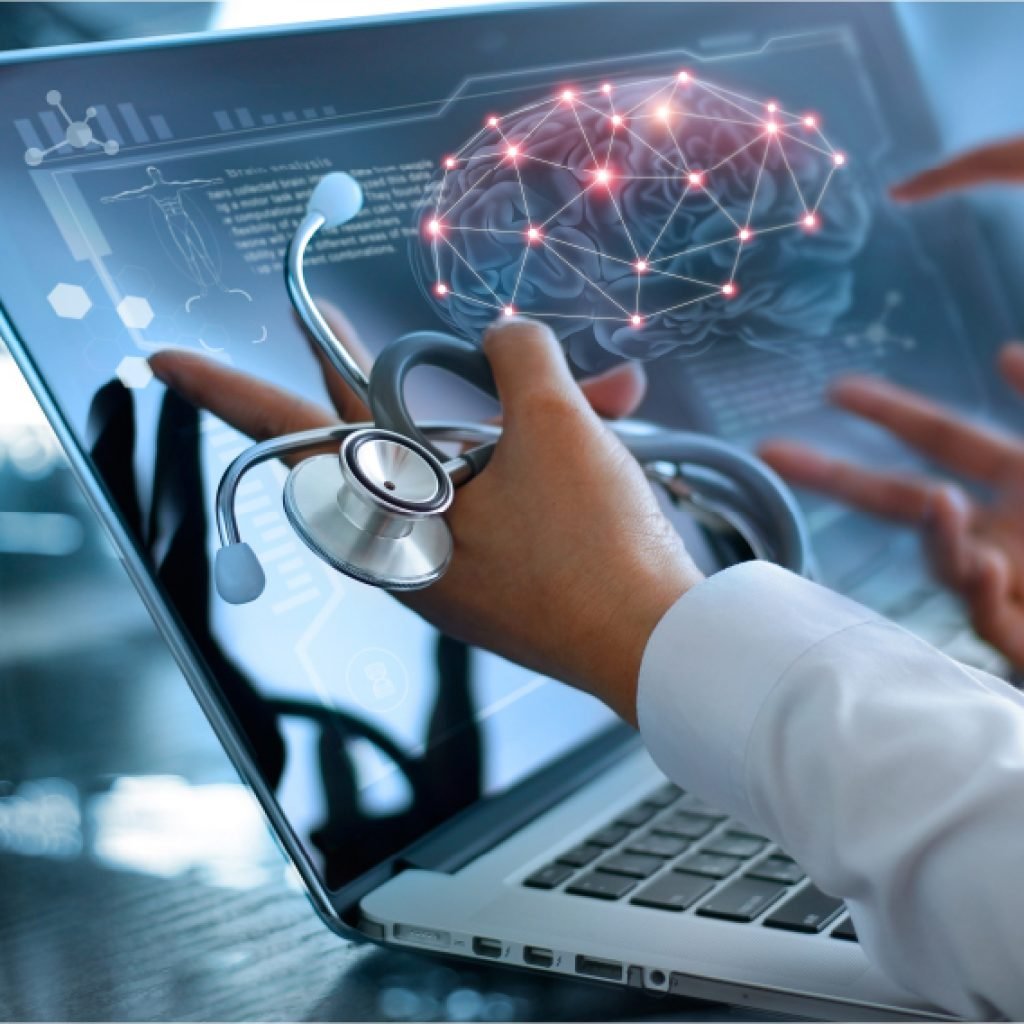
Neurodiversity/Brain Diversity:
The concept of neurodiversity encompasses the diversity of the human brain and cognitive processes, including aspects like interpersonal relationships, education, concentration and different emotional states.
Neurodiversity denotes how each person’s brain develops and is neither curable nor preventable. Depending on the underlying condition, confident system management choices, therapy regimes and more are accessible following a diagnosis by a specialist or healthcare provider.
Inspire Neurodiversity! An inline plan is needed to learn about Neurodiversity/Brain Diversity in a structured and comprehensive treatment methodology.
- Access comprehensive, evidence-based neurodiversity programming to support your family’s needs.
- Benefit from neurodiversity advocacy services and the development of individualised education plans (IEPs) or person-centred plans (PCP).
- Experience decreased behavioural difficulties, improved communication skills, enhanced socialisation, and improved academic outcomes for loved ones with neurodiverse conditions.
- Promote access to resources and opportunities to create meaningful activities that foster self-discovery and development while enriching the lives of neurodiverse individuals and their families.
Specialists support:
Specialists are partnered with allied professionals to provide multidisciplinary assistance to neurodivergent patients. Indian medical researchers must do more studies to expand our comprehension of the nation’s comorbidity involving ASD and ADHD, specifically concerning discovery, management and control.
Some examples are given below-
Tourette’s syndrome (TS) is a medically recognised issue, often inherited, although its cause remains unknown. Although there isn’t a remedy for this chronic health problem, treatments offered as approached cannot be eradicated as other peripheral medical issues. It is recommended that it should be characterised as movement unrestraint coupled with neurological inconsistency or neuro-psychiatric upheaval alike.
Dyslexia does not arise from any difficulties with brainpower or improper teaching, training or parenting practices; instead, it’s an innate neurological sickness comprising a cognitive incapacitation for processing speech compact components famously known as phonemes.
Likewise, Dyscalculia can be compared to “dyslexia for numbers,” however, limited wisdom exists around its extent, origin and therapy procedure at the current moment in time. The treatment options for dysgraphia will vary depending on motor disruptions affecting writing skills; memory impairments or other neurological disabilities could also require attention.
The diagnosis of ADHD and ASD coexists systematically at higher rates. Thus, significant concentration is needed during development to spot any concurrent disease areas present initially afterwards through autism validation in children and observance tests, including psychoanalysis tests complementing clinical problem solving by contributing insightful information about clients functioning competencies inevitably influencing decisions taken associated respectively.

Unlocking Autism Spectrum Disorder (ASD) Treatment Potential
The so-called “triad of Wing” constitutes the core ASD symptoms, including social deficits, communication issues and restrictive and repetitive behaviour. These characteristics are commonly seen in autistic patients, while inattentiveness, hyperactivity and impulsivity may be linked to ADHD or anxiety present in these children.
Stimulants, alpha-2 adrenergic agonists, atypical antipsychotics and anticonvulsant mood stabilisers can be beneficial drugs for dealing with this issue.
There is still no medication specifically used to treat autism. It is generally prescribed to manage core symptoms like uncontrolled behaviours or anxiousness.
Additionally, some antiepileptic drugs have been employed to address maladaptive responses due to co-occurring epilepsy in those affected by ASD.
In our view, feeble cognitive functionality may block behavioural methods from viable; thus, pharmacologic treatment is typically considered when academic performance or interpersonal interaction experiences harm due to held-up signs.
It’s often complicated to take care of instability of feelings in ASD people versus typically advanced kids; subsequently, different medicines have been put into practice, which include antipsychotics, SSRIor even lithium.
Caring for autism requires a comprehensive plan for successful outcomes, including experts from numerous fields and parents. Early diagnosis is crucial for families to get the highest possible benefit from interventions executed earlier in a kid’s growth, as this helps foster brain malleability leading to better responses over time. Medication is usually employed alongside non-medical strategies, ensuring that monotherapy approaches can be taken where possible – however, difficulties also exist with this psychopharmacotherapy approach requiring further consideration.
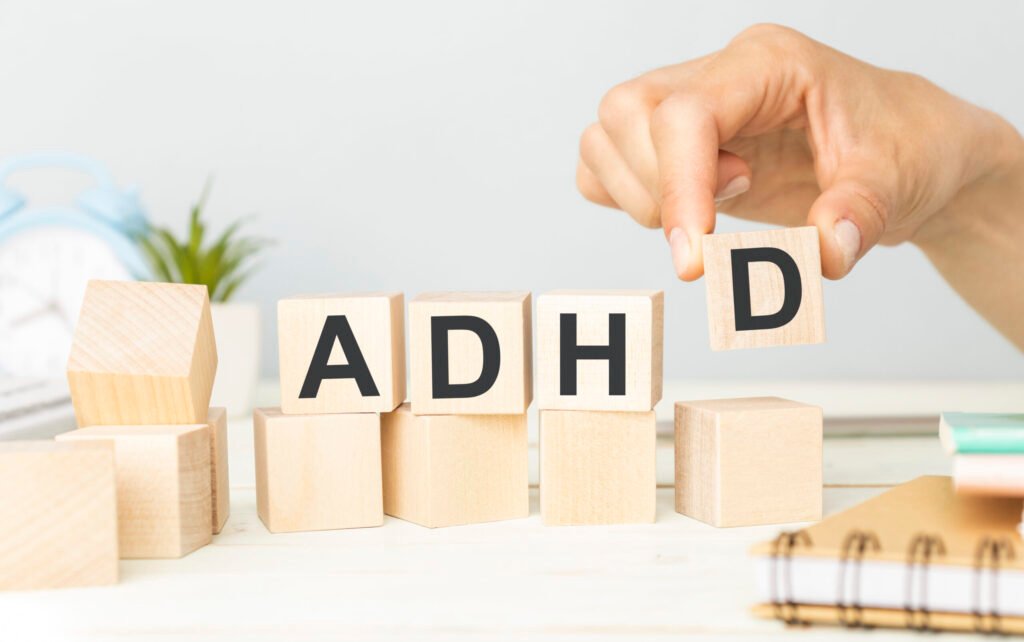
Unlocking ADHD Treatment Potential
For most patients, pharmacotherapy has positively affected focus, overactivity, impulsiveness, and society and school areas. Analyses of medication treatment for youngsters with ADHD have revealed that the most effective agents target dopamine and norepinephrine receptors.
Stimulants are a go-to for treatment. A closely watched medical examination combined with medical background must not identify any contraindication to administering this type of care. In addition, the patient must be up to 6 years old or above. The taking of medication needs to be carried out under a grown-up’s monitoring.
There is no particular examination to diagnose ADHD, but concluding may involve the following:
- Subjecting oneself to a physical test to veto other potential causes of symptoms;
- Gaining data like up-to-date healthcare matters, personal and familial medical history and school archives;
- Seeking insight via interviews or questionnaires from family members, your child’s instructors or those who know the kid very well, such as babysitters and coaches;
- The Diagnostic plus Statistical Manual of Mental Disorders (DSM-5) posted by the American Psychiatric Association should offer items that align with ADHD criteria;
- Using ADHD grading scales will help put together and assess material regarding your kid.
Psychostimulant:
Right now, the most typically prescribed medications for ADHD are psychostimulant stimulants. Stimulants act to raise and stabilise levels of neurotransmitters in the brain. Such drugs can assist in reducing signs and symptoms like inattentiveness and hyperactivity at times, even swiftly.
A few studies suggest that using stimulant medications with certain heart troubles may pose challenges, while using such medicines could potentially heighten the chances of developing psychiatric problems.
According to research, however, this has proven inconclusive until further review is conducted. Heart complications accompanied by psychological issues possibly have a slightly more significant possibility of leading to suicidal ideas among minors taking non-stimulant drugs or antidepressants, though not verified yet, so keep an eye out for any signs related to experiences if your child receives such treatment.
Administering appropriate doses carefully is vital:
Without proper oversight, minors should not handle controlling their intake themselves when it comes to ADHD medicaments. At home, store medicaments securely in a container that children can access. An overdose caused by psychostimulants can be dangerous, sometimes even fatal.
Moreover, do not give medication supplies that you’ve automated already. Almost certainly take them directly whenever obliged for school use hand deliver them through either nurse or first-aid care or hospitals.
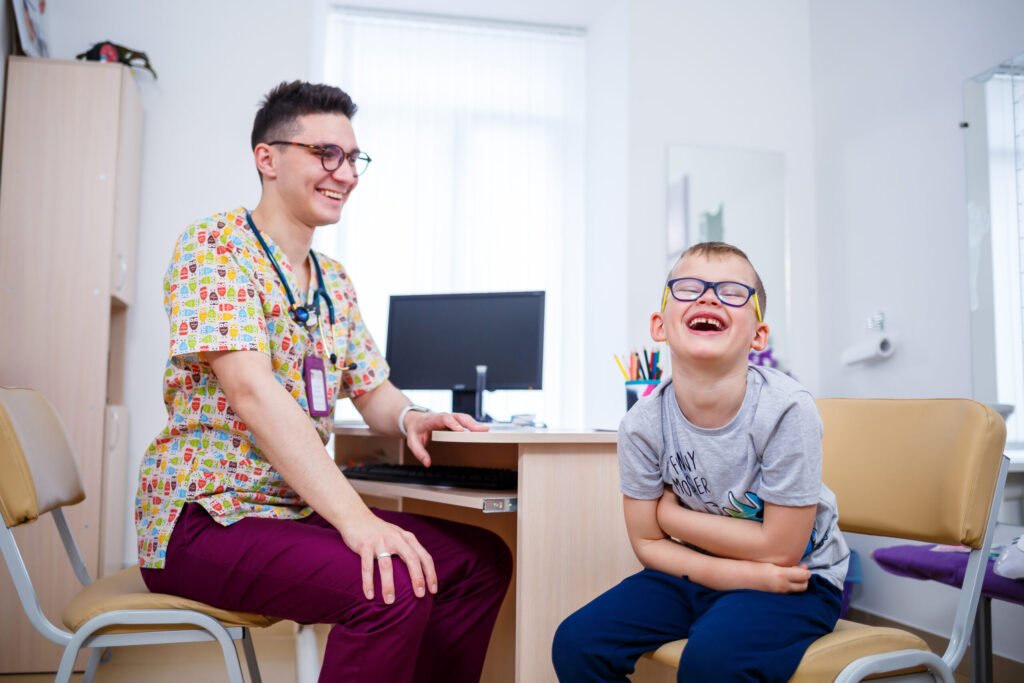
Unlocking Intellectual Disability (ID) Treatment Potential
Medication is sometimes prescribed when cognitive disabilities are the reason for the impairment. However, currently, no remedy can remediate the entire range of problems producing IDs. Not enough evidence suggests that nootropic drugs provide learning benefits in individuals suffering from ID.
Abnormalities in genetics lead to multiorgan diseases needing therapy from various fields of medicine (see Table A). Children typically go to paediatricians and pediatric neurologists. However, those of adult age mostly require multiple specialist care, with the primary health care provider overseeing all consultations.
To help this process, outpatient clinics offering specialised services can be found in large hospitals like AIIMS, NIMHANS etc.
Moreover, some illnesses affect people having ID more than those from the general population, like autism spectrum disorders which happen 7.5–15% of the time amongst persons who have ID and only 1% in the general public. Epilepsy is also featured in 30–50% of ID patients, affecting 0.5 % of all people on average. Additionally, Down Syndrome increases a person’s likelihood of having leukaemia by 20 times, plus those with an intellectual disability are five times more likely to get dementia than other populations.
To make doctor-patient communication effective:
- Employ short declarations without subclauses and words and phrases the patient understands.
- Using Easy Read or pictures or tools could illustrate what you want to say more clearly than foreign words and metaphors ever could.
- One should also check if their message was correctly understood by asking receivers to rephrase their thought. Still, only once did they become familiar with the necessary procedures in a comfortable environment beforehand.
Table A: Complications of common genetic syndromes with intellectual disability in adulthood that is of significance for the primary care physician
Syndrome | Genetic background/ frequency | Organ(s) involved | Clinical manifestations | Tasks for the primary care physician |
Down syndrome | Trisomy of chromosome 21 with various genetic variants: free trisomy (95%), translocational trisomy, mosaic trisomy 1/600 newborns | Thyroid | Hypothyroidism | Annual TSH checks |
Heart | Mitral/aortic valve disease, ASD, ASVD | Cardiac ultrasound, care by a cardiologist; risk of endocarditis! | ||
Blood | Acute myeloid leukaemia (1/100) | If nonspecific symptoms are present, differential blood count | ||
Metabolism, | Obesity, | Proper nutrition and exercise | ||
Brain | Alzheimer’s dementia, Gait disturbance, Epilepsy (10%, especially myoclonic epilepsy) | Neurological consultation in case of a cognitive decline, behavioural change, or impairment of consciousness | ||
Skeleton | Atlantoaxial dislocation Hip dysplasia | Orthopedic examination, cervical spine x-ray | ||
Respiration | Sleep apnea | Polygraphy as indicated | ||
Sensory organs | Impaired hearing Visual disturbance (70%), cataract | Otological and ophthalmological consultation if there appears to be a disturbance (behaviour!) | ||
Fragile X syndrome | Trinucleotide expansion in the FRM1 gene (fragile X mental retardation 1) on the X chromosome Males: 1/1200 Females: 1/2500 | Brain | Autism Behavioral disturbance ID Epilepsy (20%) | Psychiatric care Special needs Neurologic education care, EEG |
Skeleton | Scoliosis Ankle deformity | Orthopedic care / concomitant orthopaedic care | ||
Heart | Mitral valve prolapse | Cardiologist, cardiac ultrasound | ||
Respiration | Sleep apnea | If symptomatic, polygraphy | ||
Tuberous sclerosis (TS) | Autosomal dominant mutation in the TSC1 or TSC2 gene on chromosome 9q34 or 16q13, respectively, causing overactivation of mTOR 1/5800; 60% new mutations | Brain | Tubers, developmental disorder, ID, epilepsy, tumours (giant-cell astrocytoma), hydrocephalus | Concomitant neurological careAnticonvulsants Periodic follow-up head CT or MRI (on an individual basis) |
Skin | Adenoma sebaceous | Concomitant dermatological care | ||
Kidneys | Angiomyolipoma | Renal ultrasound, abdominal MRI, GFR | ||
Lung | Lymphangioleiomyomatosis (interstitial lung disease) | Pulmonary function tests,chest CT as indicated | ||
Heart, skin, teeth, eyes | Non-cancerous tumors | Referral to a TS center (treatment with an mTOR inhibitor?) | ||
MD-1 (myotonic dystrophy type 1, Curschmann–Steinert disease) | Autosomal-dominant trinucleotide expansion in the untranslated 3´ region of the dystrophia myotonica protein kinase (DMPK) gene onchromosome 19 1/10 000 | Muscles | Progressive, mainly distal myotonia | Physiotherapy, physical aids |
Brain | Tetraparesis ID only with the juvenile onset and in congenital forms Organic personality change | Concomitant psychiatric care as indicated Psychosocial assistance | ||
Respiration | Respiratory muscle paralysis Respiratory drive (80%) | Pulmonary function teststcCO 2 in sleep (inpatient sleep study), indication for non-invasive ventilation | ||
Pancreas | Diabetes mellitus (20%) | HbA1c, glucose | ||
Heart | RLS (arrhythmia, sudden cardiac death) | Concomitant care by a cardiologist Long-term ECG Check indication for pacemaker | ||
Sensory organs | Cataract, hearing impairment | Concomitant opthalmological care | ||
Rett syndrome | Dominant mutation of the MECP2 gene on chromosome Xp28, 90% new mutations 1/10 000 in girls, very rare in boys | Brain | Severe, progressive developmental disorder, epilepsy, spasticity | Concomitant care by a neurologist (always) and a psychiatrist (in case of behavioral disturbances (epilepsy center) |
Skeleton | Scoliosis Microcephaly | Corset, positional aids, walking aids Pediatric (neuro-)orthopedic care | ||
Teeth | Bruxism with destruction of the teeth | Dentist, orthodontist | ||
Deletion syndrome 22q11.2 (DiGeorge syndrome, velocardiofacial syndrome) | The most common chromosomal microdeletion (1/3000), generally due to a new mutation | Immune system | Immune deficiency | Primary care physician, immunologist |
Endocrine system | Hypoparathyroidism | Endocrinologist | ||
Heart | Congenital cardiac anomalies Aortic stenosis Multiple organ malformations | Cardiologist, cardiac surgeon, pediatric surgeon | ||
Mental health | ID, schizophrenic psychoses | Concomitant psychiatric treatment | ||
Prader–Willi syndrome | Multiple mechanisms: 1. deletion 15q11q13 of paternal origin (70%) 2. maternal uniparental disomy (15%) 3. imprinting centre defect: the corresponding genes on the paternal chromosome are turned off. Frequency: 1/10 000 | Metabolism | Obesity, diabetes mellitus, metabolic syndrome | Dietary counselling, Diabetes therapy Behavioral therapy |
Endocrine system | Hypogonadism Short stature | Serial endocrinological testing | ||
CNS | Sleep apnea syndrome ID |
ASD, autism spectrum disorders; ASVD, atrioventricular septal defect; CNS, central nervous system; CT, computed tomography; ECG, electrocardiogram; GFR, glomerular filtration rate; EEG, electroencephalography; HbA1c, haemoglobin A1c; ID, intellectual disability; MECP2, methyl-CpG binding protein 2; MRI, magnetic resonance imaging; mTOR, mechanistic target of rapamycin; RLS, restless legs syndrome; tcCO2, transcutaneously measured carbon dioxide; TSC, tuberous sclerosis complex; TSH thyroid-stimulating hormone; TS- centre, tuberous sclerosis
Sappok, T., Diefenbacher, A., & Winterholler, M. (2019). The Medical Care of People With Intellectual Disability. Deutsches Ärzteblatt International, 116(48), 809. https://doi.org/10.3238/arztebl.2019.0809
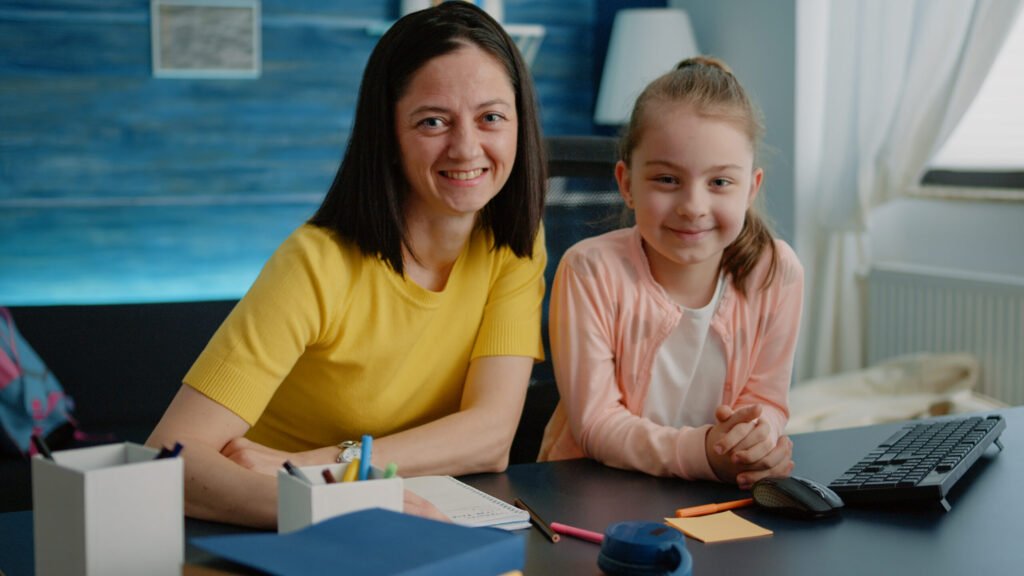
Unlocking Specific Learning disability (SLD) Treatment Potential
Unfortunately, learning disabilities do not have a remedy yet, but the effects can be reduced with early intervention. People suffering from learning impairments can find ways to deal with the situation. Acquiring aid early on considerably increases the probability of success in school and potential career opportunities later on. Unaddressed learning disabilities may lead to frustration and cause low confidence and other issues.
Specialists can assist by pinpointing strengths and investing strategies to compensate for weaknesses. Interventions differ depending on the particular impairment and magnitude. Support from schools can help students master math, reading and other languages effectively while they attend elementary or secondary education. How could we prepare those suffering from learning disabilities for college or professional life?
It is fundamental to know how to ask for what you need. It is wise to be aware of your challenges when grasping information, finding solutions that work best for you and requesting resources to accomplish your goals.
Advanced computer tools explicitly suited for you that read documents out loud, support facing difficulties voicing opinions, or limit writing structure could be of great help also!
List of Abbreviations/Acronyms
ASD | Autism Spectrum Disorder |
DMPK | Dystrophia myotonica protein kinase |
ID | Intellectual Disability |
IEPs | Individualised education plans |
PCP | Person-centred plans |
SLD | Specific Learning disability |
TS | Tuberous sclerosis |
